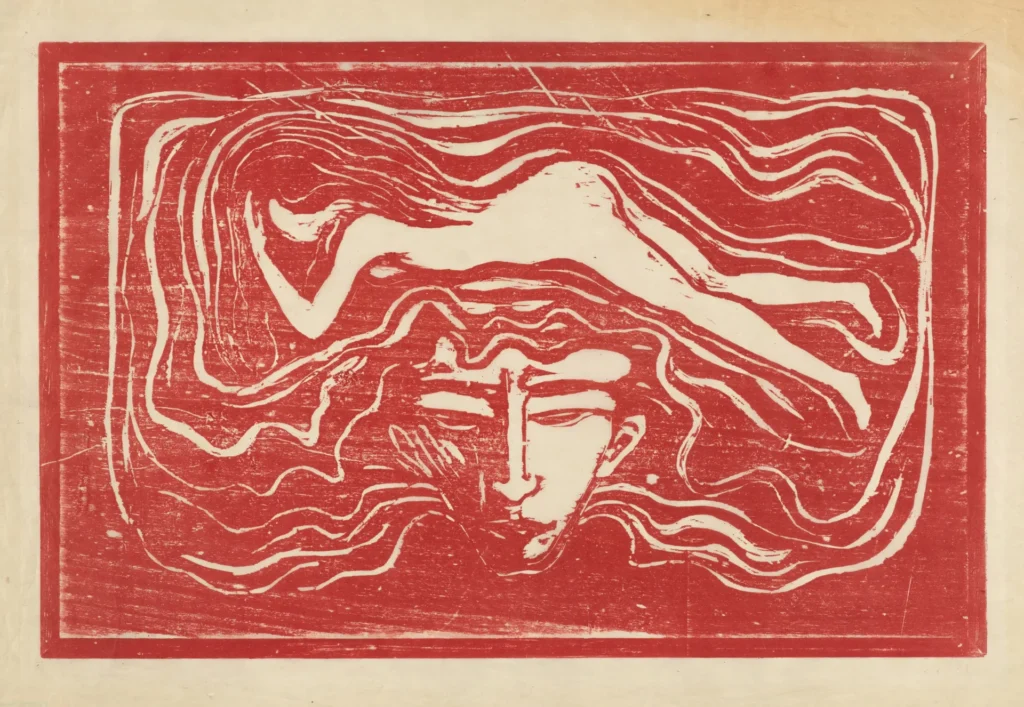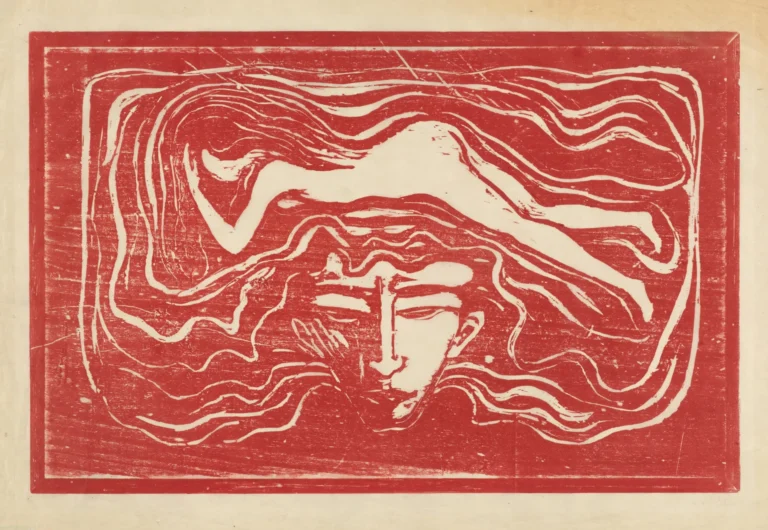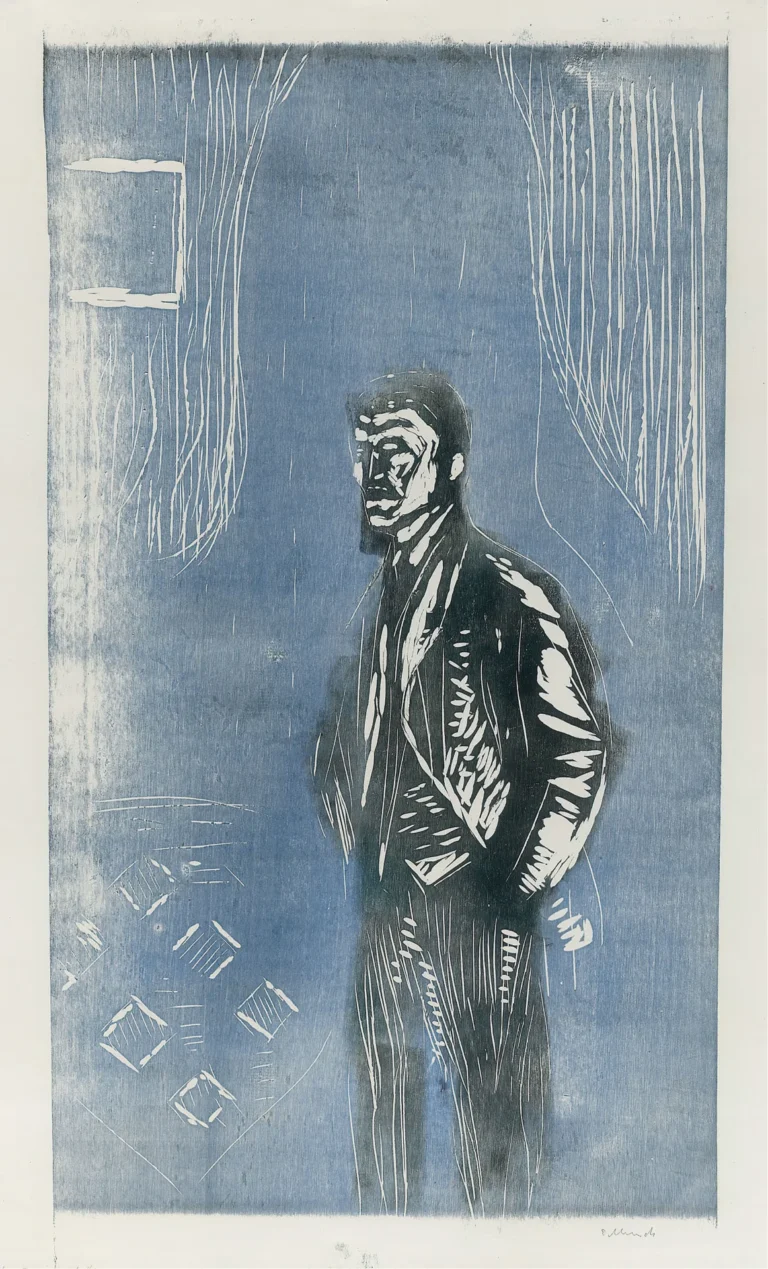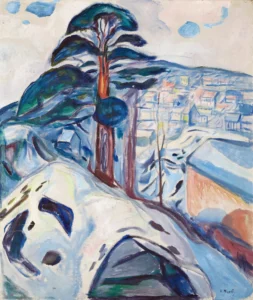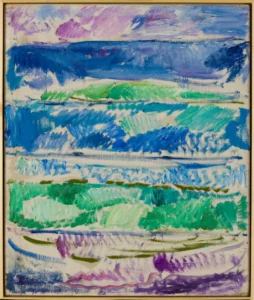In the Man’s Brain (1897)
In the Man’s Brain is an evocative painting by Edvard Munch that embodies the artist's exploration of psychological and emotional states during a transformative period in Oslo. Through its composition, marked by contrasting figures and a naturalistic approach, Munch captures the delicate balance of human emotion. This piece not only reflects his early experimentation with form but also serves as a critical window into the intellectual and social currents of his time.
Year 1897
About the Artwork
Did You Know
Liked what you see? Add it to your collection.
Enjoyed reading? Share it.
... continued
Composition and Style
The painting is characteristic of Munch's early development, particularly in its use of naturalistic style, which was prevalent during that period. However, it also exhibits elements that would become more pronounced in his later work, such as the use of figures in contrasting postures.
Themes and Symbolism
The work likely explores themes that were common in Munch's oeuvre, including psychological and emotional states. Munch often delved into the inner lives and emotions of his subjects, and In the Man’s Brain would fit within this broader thematic framework.
Context
The painting was created during a time when Oslo was marked by significant intellectual, aesthetic, and social changes. The city was influenced by the broader European debates on ethics, social issues, and rising nationalism, which were particularly intense in Norway due to its historical provincial isolation.
Specific Details
While the specific details of In the Man’s Brain are not extensively described in the sources, it is clear that the work reflects Munch's early experimentation with form and his emphasis on capturing the subjective experiences of his subjects. This is in line with his broader artistic approach, which often prioritized emotional and psychological depth over literal realism.




